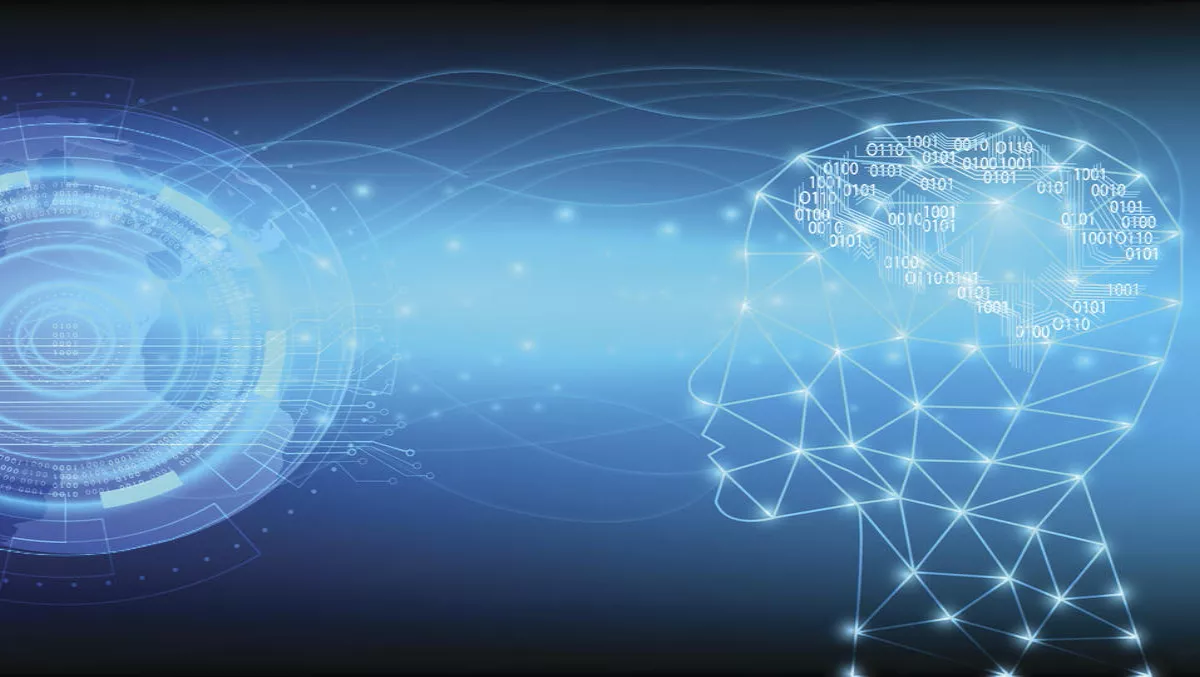
MathWorks announces release of matlab and simulink product families
MathWorks today introduced Release 2017b, which includes new features in MATLAB and Simulink, six new products, and updates and bug fixes to 86 other products.
The release also adds new important deep learning capabilities that simplify how engineers, researchers, and other domain experts design, train, and deploy models.
Neural Network Toolbox has added support for complex architectures, including directed acyclic graph (DAG) and long short-term memory (LSTM) networks, and provides access to popular pretrained models such as GoogLeNet.
The Image Labeler app in Computer Vision System Toolbox now provides a convenient and interactive way to label ground truth data in a sequence of images.In addition to object detection workflows, the toolbox now also supports semantic segmentation using deep learning to classify pixel regions in images and to evaluate and visualize segmentation results.
A new product, GPU Coder, automatically converts deep learning models to CUDA code for NVIDIA GPUs. Internal benchmarks show the generated code for deep learning inference achieves up to 7x better performance than TensorFlow and 4.5x better performance than Caffe2 for deployed models.
Together with capabilities introduced in R2017a, pretrained models can be used for transfer learning, including convolutional neural networks (CNN) models (AlexNet, VGG-16, and VGG-19), as well as models from Caffe.
Models can be developed from scratch, including using CNNs for image classification, object detection, regression, and more.
David Rich, MATLAB marketing director says, "With the growth of smart devices and IoT, design teams face the challenge of creating more intelligent products and applications by either developing deep learning skills themselves or relying on other teams with deep learning expertise who may not understand the application context.
With R2017b, engineering and system integration teams can extend the use of MATLAB for deep learning to better maintain control of the entire design process and achieve higher-quality designs faster.
They can use pretrained networks, collaborate on code and models, and deploy to GPUs and embedded devices.
In addition to deep learning, R2017b also includes a series of updates in other key areas, including:
- Data Analytics with MATLAB
A new Text Analytics Toolbox product, extensible datastore, more big data plots and algorithms for machine learning, and Microsoft Azure blob storage support.
- Real-Time Software Modeling with Simulink
Model scheduling effects and implement pluggable components for software environments.
- Verification and Validation with Simulink
New tools for requirements modelling, test coverage analysis, and compliance checking.
R2017b is available worldwide.


